The 236-hectare site at Aldoga was chosen for the export-scale facility because if its size and proximity to port, power and pipeline infrastructure, Queensland’s Deputy Premier and Minister for State Development, Steven Miles, said. Once built, the project would be the largest hydrogen production facility in Queensland.
“Stanwell has now signed an option agreement with Economic Development Queensland locking in land for the facility, which is an exciting step towards the proposed project becoming a reality,” Miles said.
The state-government expects the project could generate $4.2 billion in hydrogen exports, $10 billion for the Queensland economy, and create more than 5,000 jobs for regional Queenslanders.
“We know countries like Japan are looking to the Sunshine State to meet their emissions targets, and in the next decade, Queensland must be ready to capitalise,” Queensland’s Energy, Renewables and Hydrogen Minister, Mick de Brenni, said.
“That’s exactly what the Stanwell-Iwatani project will do, scaling up to over 3,000 megawatts of electrolysis capacity by the early 2030s, with millions of tonnes of renewable hydrogen to be exported around the world.”
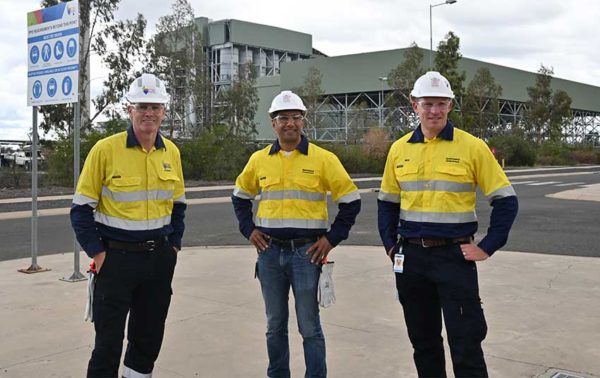
CS Energy
The state-owned Stanwell has undergone a major pivot towards renewables, and in May announced plans for a 150 MW/300 MWh battery adjacent to its 1.4 GW Tarong Power Station in Central Queensland. Stanwell’s acting chief executive, Adam Aspinall, said Stanwell had been investigating hydrogen opportunities since 2018.
“We recently completed a joint planning study for the project with Iwatani and we are now building a broader consortium of Japanese and Australian companies to progress the project to the next stage in the second half of 2021,” he said.
“As a business, we are progressing a range of future energy solutions to ensure we are in the best position possible to respond to changing market conditions.
Gladstone hotbed
Aldoga, where the 3 GW facility is to be located, falls into the Gladstone region, which is shaping up to be a major renewable hydrogen export hub and is located nearby the Central Queensland Renewable Energy Zone.
In March, London-based Eco Energy World announced plans for a 200 MW green hydrogen plant with 100 MW of energy storage in Gladstone. Just south of the region in Queensland’s Western Downs, the state government, via its state-owned CS Energy, is looking to develop a renewable hydrogen plant next to the Kogan Creek Power Station, in another Japanese partnership – this time with engineering company IHI Corporation.
Gladstone also recently joined the National Energy Resources Australia (NERA) network of hydrogen technology clusters, which seeks to seed innovation and productivity by interconnecting players in the hydrogen field.
This content is protected by copyright and may not be reused. If you want to cooperate with us and would like to reuse some of our content, please contact: editors@pv-magazine.com.
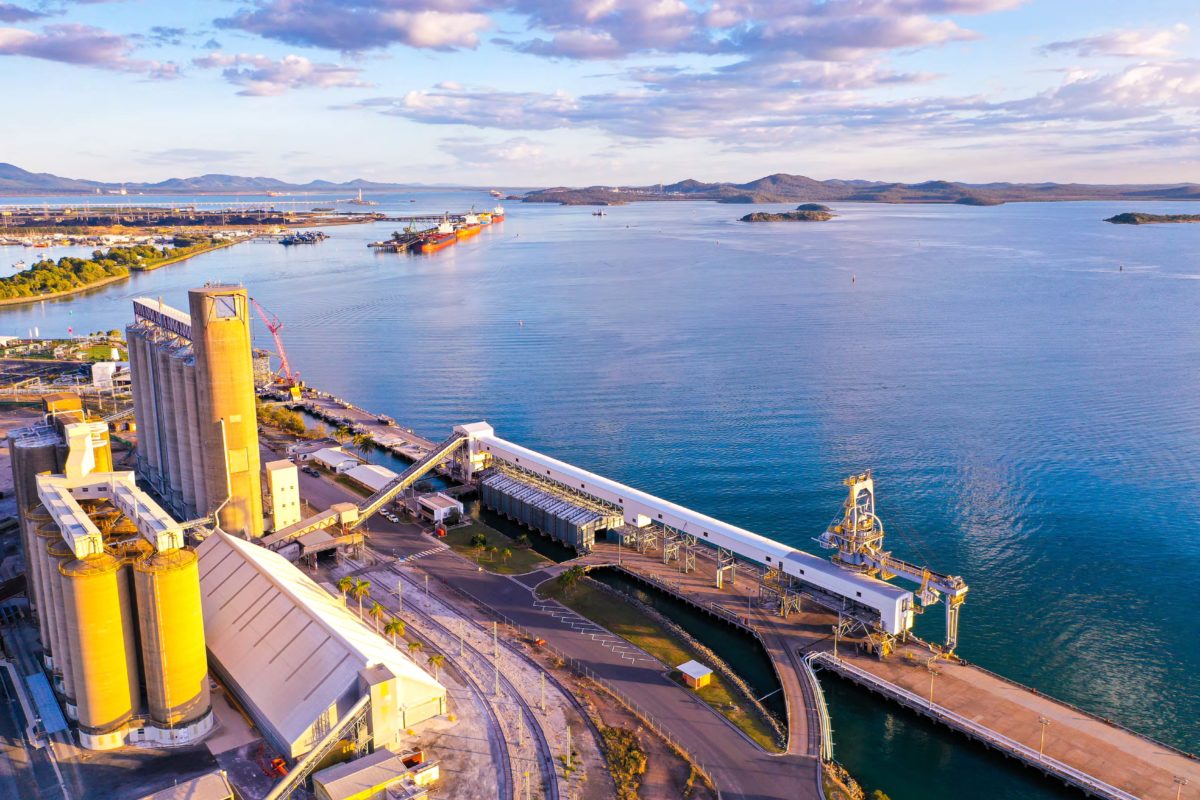
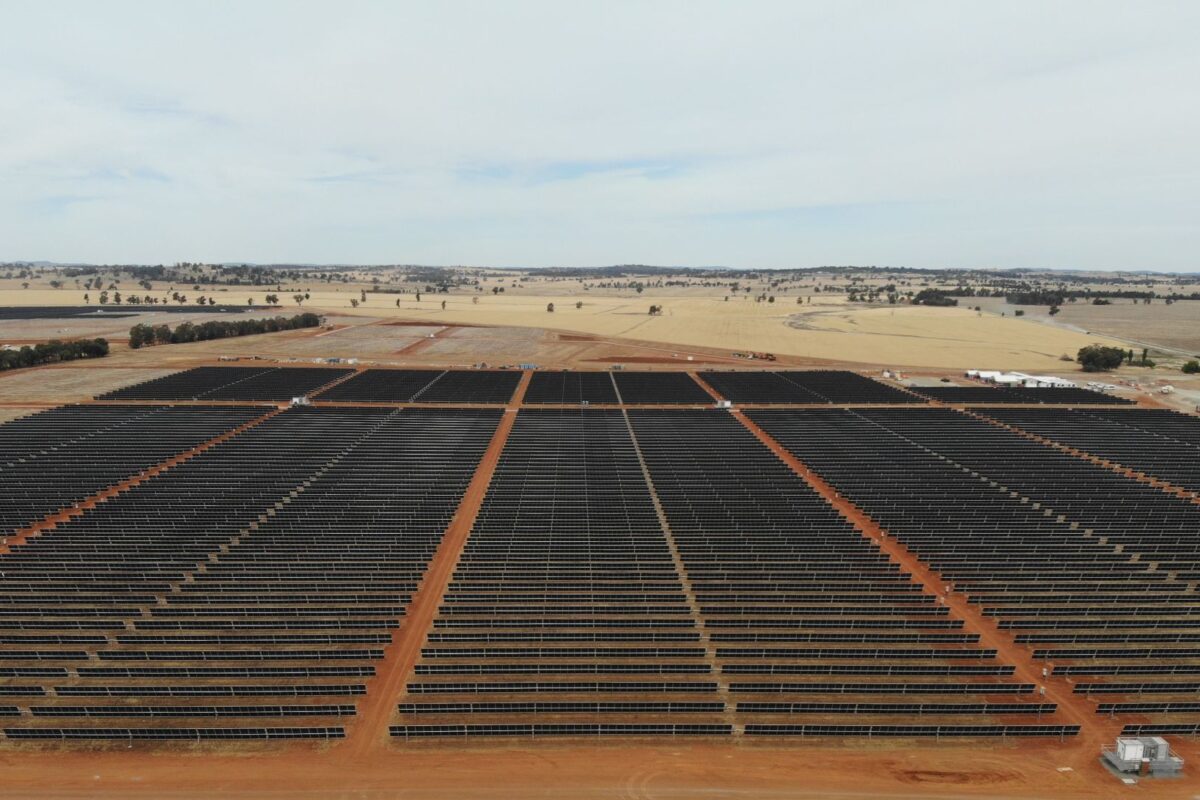
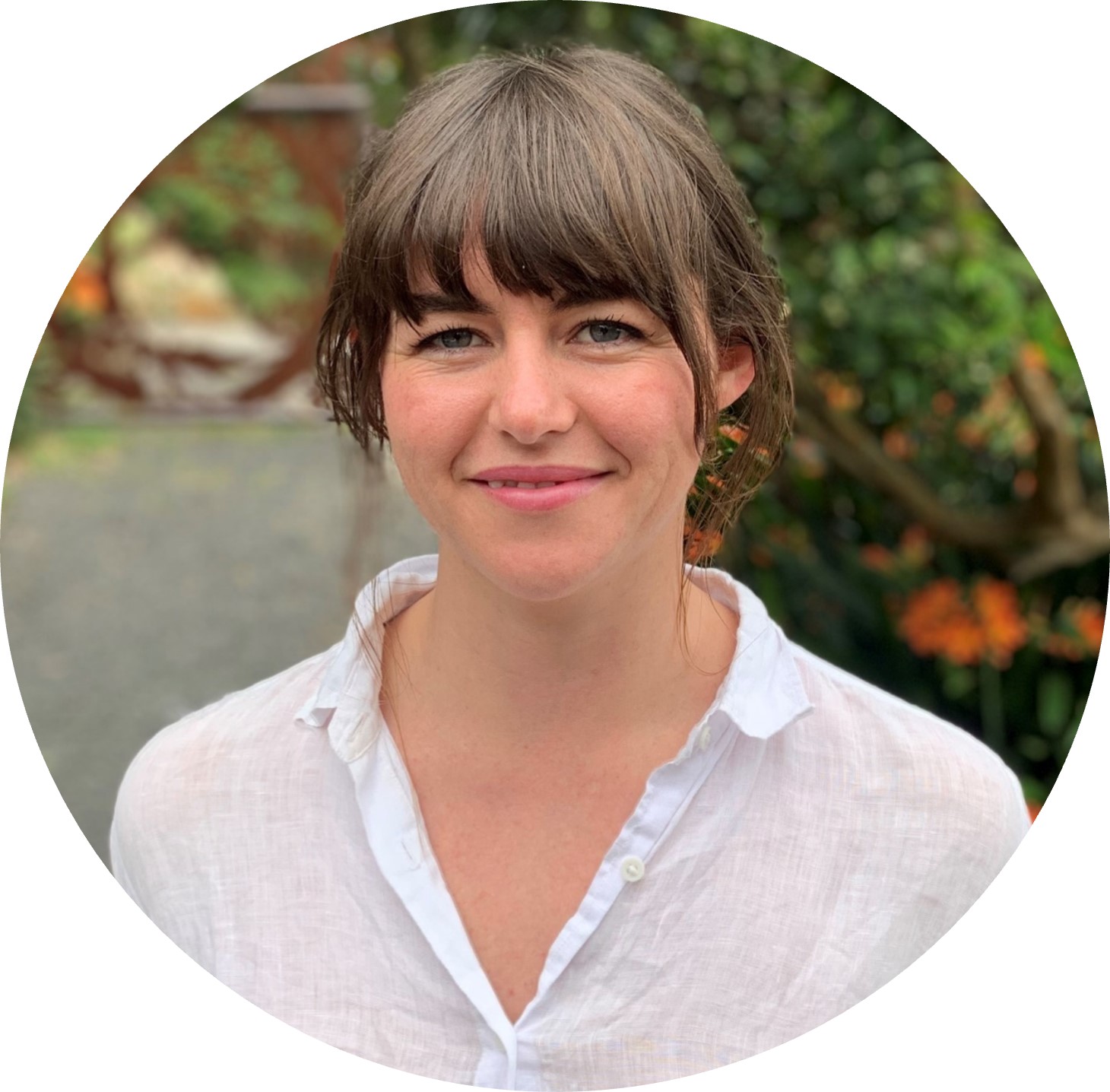




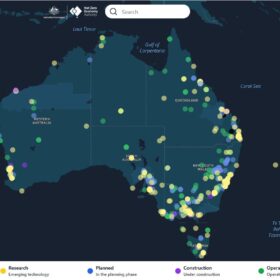
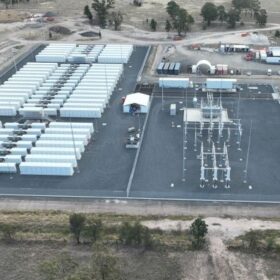
1 comment
By submitting this form you agree to pv magazine using your data for the purposes of publishing your comment.
Your personal data will only be disclosed or otherwise transmitted to third parties for the purposes of spam filtering or if this is necessary for technical maintenance of the website. Any other transfer to third parties will not take place unless this is justified on the basis of applicable data protection regulations or if pv magazine is legally obliged to do so.
You may revoke this consent at any time with effect for the future, in which case your personal data will be deleted immediately. Otherwise, your data will be deleted if pv magazine has processed your request or the purpose of data storage is fulfilled.
Further information on data privacy can be found in our Data Protection Policy.